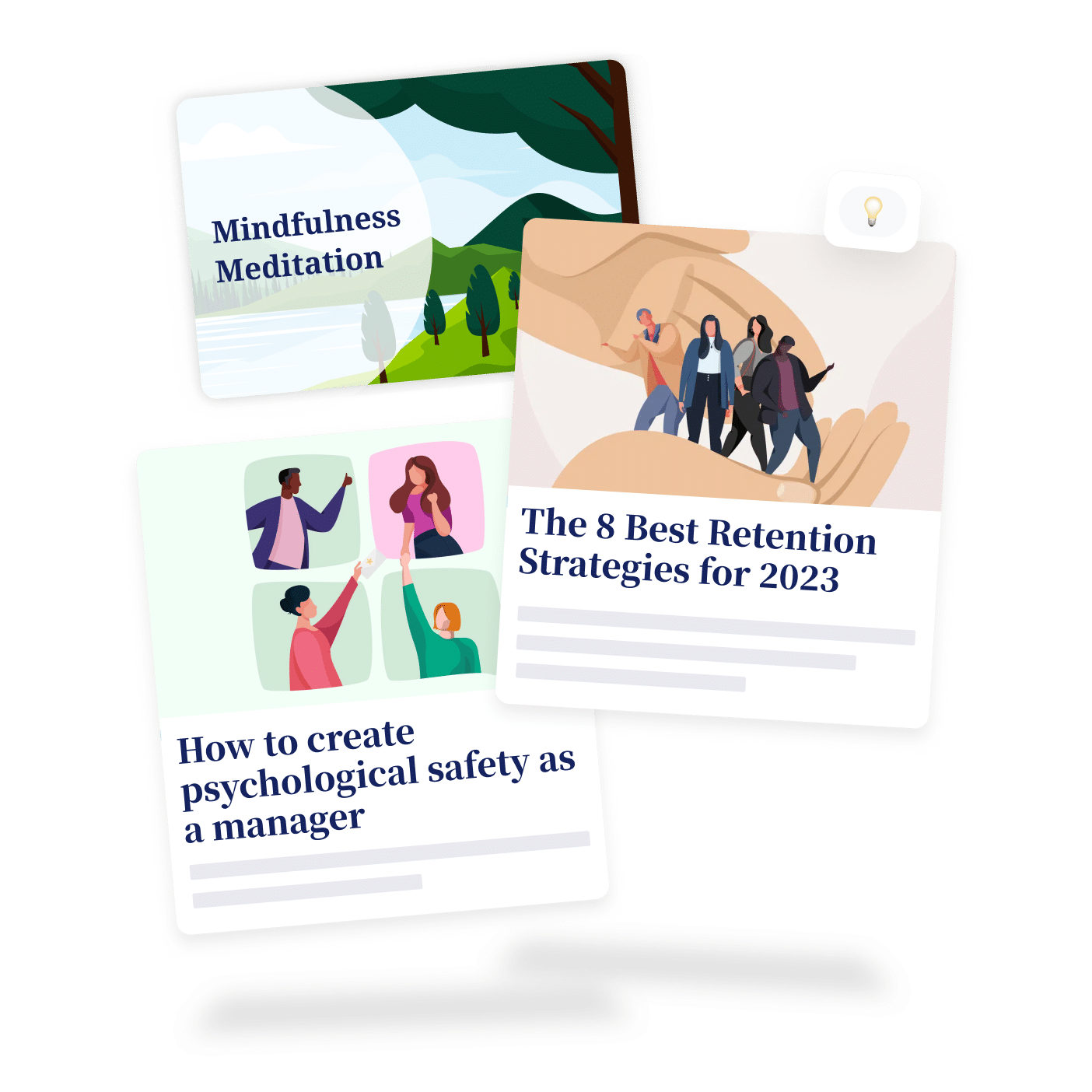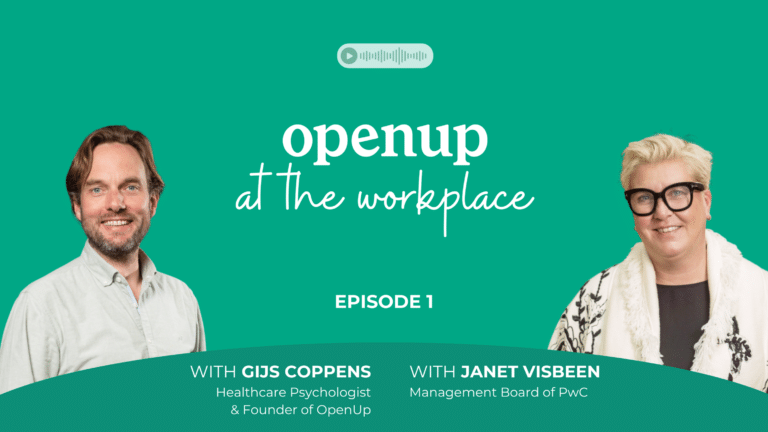2. Hire the right people
The ultimate retention strategy is to only employ people who aren’t likely to leave. Since you don’t have a crystal ball, you ultimately can’t know exactly how long someone is going to stay. That said, you can look to hire people who are a good fit for the position on offer. These factors impact whether the applicant is right for your organisation:
- The skill set of the person applying should match the position, or the person should be able to develop the necessary skill set. Over-qualification is a red flag.
- The applicant isn’t a frequent job switcher.
- The position is the logical next step in the applicant’s career path.
- The company culture is a good fit for the applicant and vice versa, or the applicant will be able to have a positive influence on the corporate culture (remember that diversity is a good thing and you shouldn’t write people off based on their background or identities!).
- The applicant’s vision matches the company, or the applicant can have a positive influence on the vision (remember that purpose is becoming increasingly important for employees).
- The applicant agrees with the company values.
- The applicant is happy with the salary and perks on offer.
3. Establish a good onboarding process
A good start is half the battle. Most people resign in their second year, which suggests that they didn’t have a good start. So, a positive onboarding experience is hugely important.
If employees get the correct training, they will feel more comfortable in their role and ready to hit the ground running. The better your training programme is, the lower your rate of voluntary resignations and the better your employees will perform. Win-win!
4. Map out paths for progression
The magic word for retaining staff in the long run is perspective. Would you have kept hitting the school books if you hadn’t known where your next grade would get you? Probably not. The same applies in your career: when people have consistent milestones to work towards, they stay (motivated) for longer. And as we’ve said, 22% of employees leave due to a lack of progression.
A path for growth consists of increasingly challenging work tasks, new roles with more responsibility, a higher salary, training and education. Some organisations, for example the Big Four, choose to make this path very concrete and measurable.
5. Offer external guidance and support
Stress and problems with their physical and mental health play a significant role in staff resignations – as well as a lack of access to support. OpenUp offers employees professional assistance in preventing stress and mental health problems.
Employees can contact our licensed psychologists directly whenever they like, without needing to go through HR or the organisation. They can do this via an online chat and video link, as well as guided group sessions and mindfulness. We’re here to help your staff to avoid mental health challenges.






